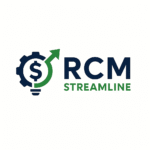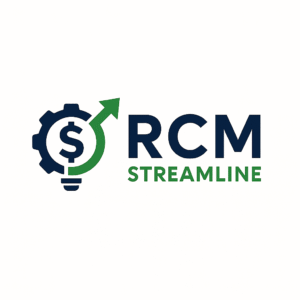How to Streamline Your Authorization Workflow in 2025

How to Streamline Your Authorization Workflow in 2025
If you’re still managing prior authorizations with sticky notes, spreadsheets, or email threads—you’re not alone. But in 2025, outdated processes are no longer just inefficient—they’re a risk to your revenue and compliance.
Here’s how to modernize and streamline your authorization workflow this year:
1. Centralize Everything
Why it matters: Scattered communication leads to missed approvals and delayed care.
What to do: Use a centralized tracking platform like our Authorization Tracker Tool to manage all auth requests, deadlines, and statuses in one place.
2. Standardize the Intake Process
Why it matters: Inconsistent intake causes incomplete submissions and resubmission delays.
What to do: Create a standardized form that captures required clinical and payer details upfront, and train your team to use it for every request.
3. Use Templates and Pre-Populated Forms
Why it matters: Manual form-filling wastes time and increases human error.
What to do: Save time with payer-specific templates or digital forms that auto-fill based on the procedure and insurer.
4. Build in Follow-Up Workflows
Why it matters: Requests often stall due to lack of follow-up—not payer delays.
What to do: Set automated reminders for pending requests, escalate overdue items, and log all payer interactions within your tracker.
5. Train Staff on Denial Prevention
Why it matters: Most denials are preventable with a little upfront knowledge.
What to do: Educate your team on payer-specific rules, common red flags, and documentation tips. (Our downloadable Denial Prevention Guide can help!)
Bonus Tip: Track Performance Over Time
Look at your average turnaround time, number of denials, and resubmissions. Then improve weak spots monthly. A streamlined process saves time, reduces denials, and improves patient experience.
Ready to simplify your process?
Try the Authorization Tracker or contact us for a personalized workflow consultation.

